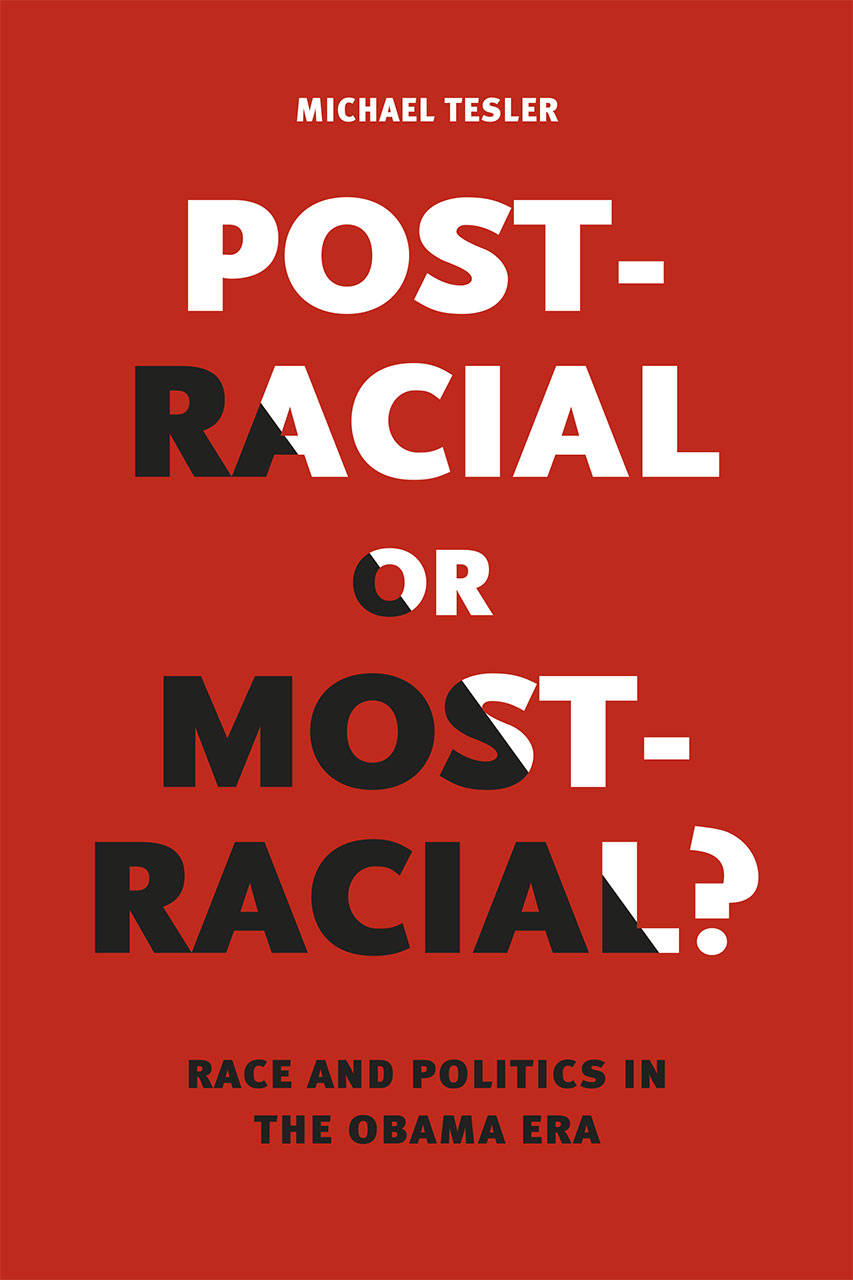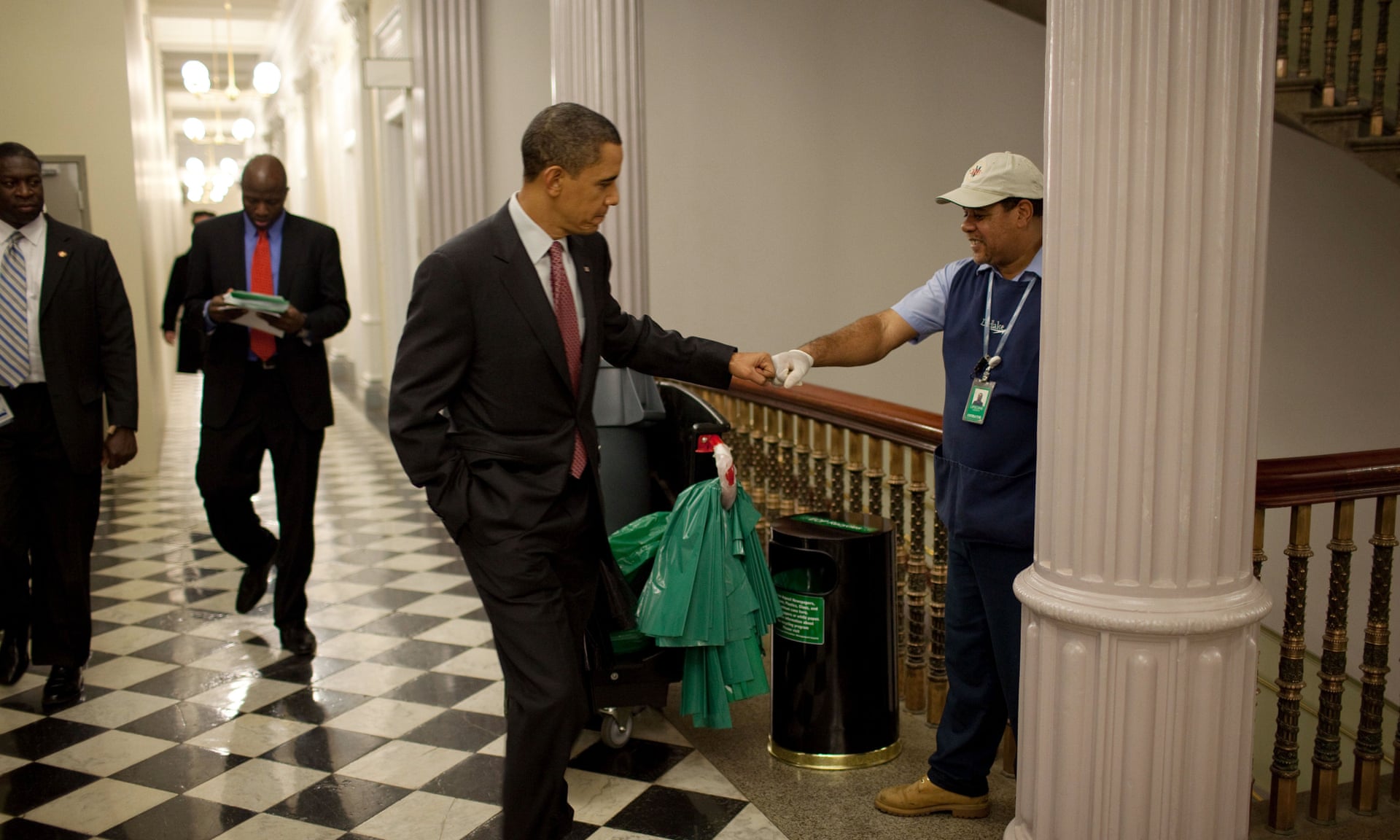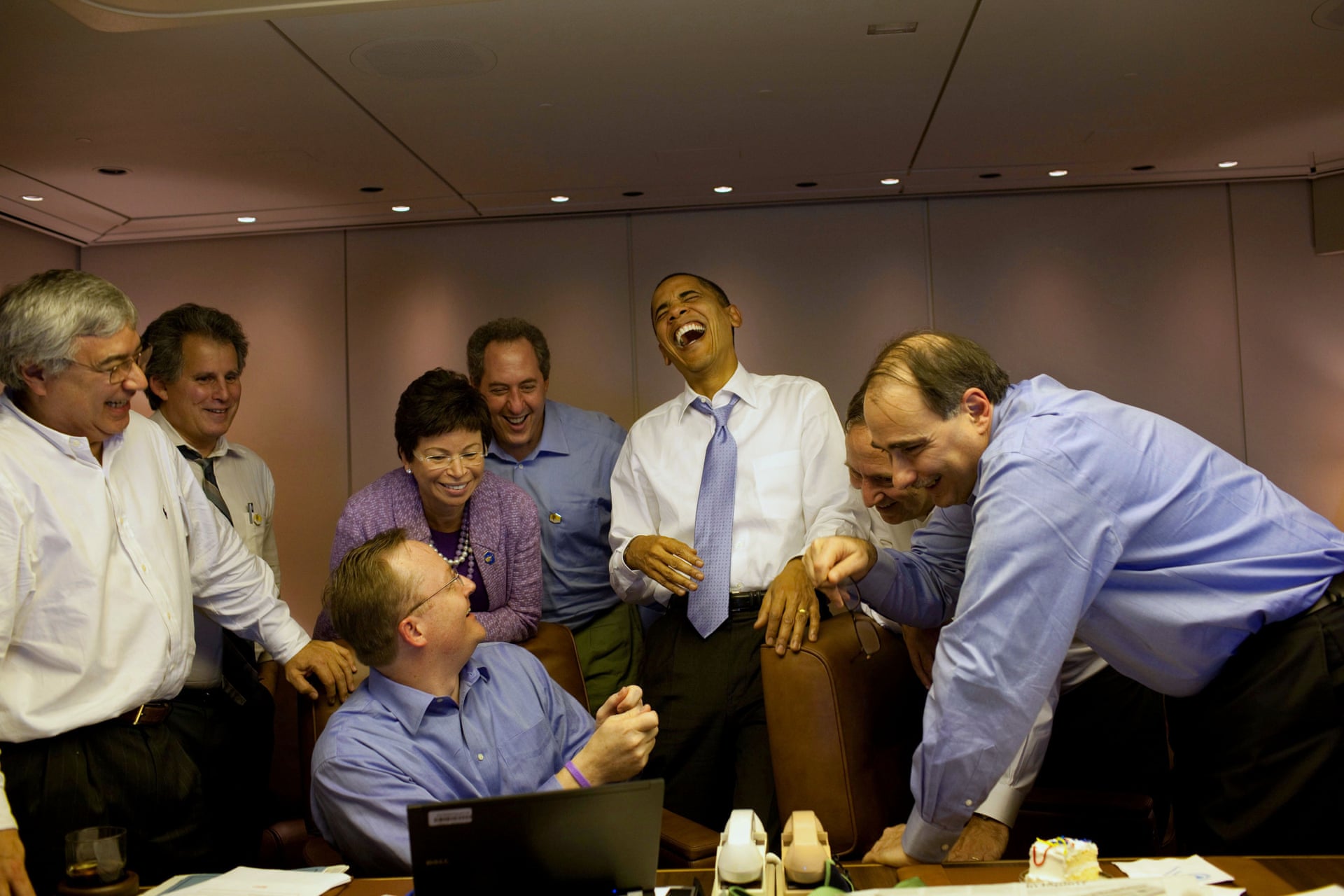Does Race Matter in Latin America?Posted in Articles, Caribbean/Latin America, History, Media Archive, Native Americans/First Nation, Politics/Public Policy on 2016-06-07 17:53Z by Steven |
Does Race Matter in Latin America?
Foreign Affairs
Volume 94, Number 2 (March/April 2015)
Deborah J. Yashar, Professor of Politics and International Affairs
Princeton University
In 1992, the Nobel Committee awarded its Peace Prize to Rigoberta Menchú Tum, the daughter of poor Guatemalan peasants, for her work promoting indigenous rights. Her prize, momentous in its own right, highlighted a sea change in Latin American politics. Throughout the 1980s and early 1990s, prominent indigenous movements had emerged in countries such as Bolivia, Ecuador, Guatemala, and Mexico. As a result, Latin American countries undertook unprecedented reforms to address ethnic diversity: politicians amended national constitutions to recognize indigenous people, passed laws supporting bicultural education and affirmative action, and added questions about race and ethnicity to official censuses. Today, indigenous people not only are actively involved in politics but also have risen to leadership positions. Evo Morales, an indigenous Bolivian, has served as his country’s president since 2006. Ollanta Humala, an indigenous Peruvian, became Peru’s president in 2011.
Such a shift would have been unthinkable 50 years ago. Although Latin America boasts a rich and diverse citizenry—a legacy of powerful indigenous empires, colonialism, the African slave trade, and contemporary immigration-questions about ethnic difference were long suppressed. As part of the nation-building projects they undertook after winning independence, Latin American governments constructed twin myths of national unity and ethnic homogeneity, actively promoting racial mixing and erasing ethnic distinctions from official documents and from the national discourse. Meanwhile, the blurring of ethnic lines, sanctioned by governments, contributed to fluid understandings of race and identity. Whereas in the United States, anyone with mixed black and white heritage was historically considered black, Latin American societies developed various categories of racial identity based on skin color and cultural practices. A person might even identify as more than one ethnicity over the course of a single day-indigenous at home and mixed race at school, for example.
In stark contrast to the promise of ethnic inclusion, however, indigenous groups and people of African descent remained economically disadvantaged and politically marginalized well into the twentieth century. (Even today, black and indigenous populations lag behind their white counterparts by a variety of indicators, including rates of poverty and maternal and child mortality.) But partly because race and ethnicity had become so fluid, there was little tradition of identity politics in Latin American countries, and black and indigenous communities found it difficult to mobilize as a group in order to demand reforms. In addition, by midcentury, governments were papering over ethnic diversity by focusing instead on class divisions, shoring up support among the working class and the peasantry. Leaders and officials even began to replace the term “Indian” (used to refer to indigenous people) with the word “peasant.” Yet economic programs designed to assist the lower classes unintentionally strengthened many rural indigenous communities. And when these populist programs ultimately gave way to the free market, cutting off state support to those communities, indigenous groups mobilized for change…
Read the entire article here.




